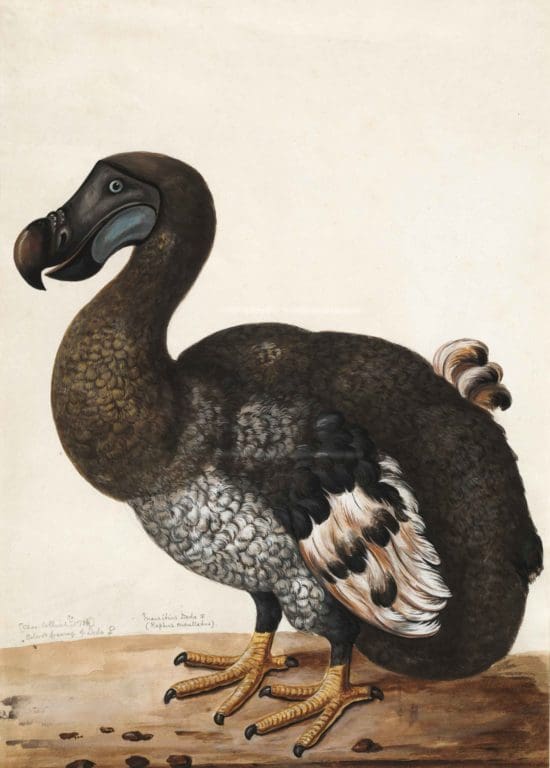A de-extinction project aimed at bringing back the extinct dodo bird has received a significant boost in funding. The project, which seeks to recreate the species using genetic engineering and cloning techniques, has received a $150 million investment. The funding will be used to continue research and development efforts, as well as to establish a dedicated facility for the project.
According to the Getaway magazine, the project is “a massive step forward in the field of de-extinction and opens up new possibilities for reviving extinct species.” The dodo bird, which was native to the island of Mauritius, was declared extinct in the late 17th century due to hunting and habitat loss.

The project has generated a lot of excitement and interest, with many people expressing hope that it will lead to the successful revival of the iconic species. However, there are also concerns about the ethical and practical implications of de-extinction and whether it is wise to bring back long-extinct species.
Regardless of the debate, the funding for the dodo de-extinction project marks a major milestone in the field of de-extinction and offers a glimpse into what may be possible in the future. The project’s lead researcher, Dr. Jane Planet, said, “This funding will allow us to take the next step in our quest to bring back the dodo and to continue exploring the possibilities and challenges of de-extinction.”
In summary, the de-extinction project aimed at recreating the extinct dodo bird has received a major boost with a $150 million investment. The project has generated a mixture of excitement and concern, but the funding marks a significant milestone in the field of de-extinction.
What is the dodo bird?
The dodo bird was a flightless bird native to the island of Mauritius in the Indian Ocean. It was a large bird, standing about 1 meter tall and weighing around 20 kilograms. The dodo bird had a large, plump body, short legs, and a big beak. It was likely covered in a mixture of grey, brown, and white feathers, although there is no definitive description of its exact appearance as no complete remains of the bird have been found.
The dodo bird was first encountered by Dutch sailors in the late 16th century and was extinct by the late 17th century due to hunting by sailors and predation by introduced animals such as pigs and rats. The dodo bird has become an iconic symbol of extinction and is now widely known as a symbol of carelessness towards the environment and its inhabitants.
